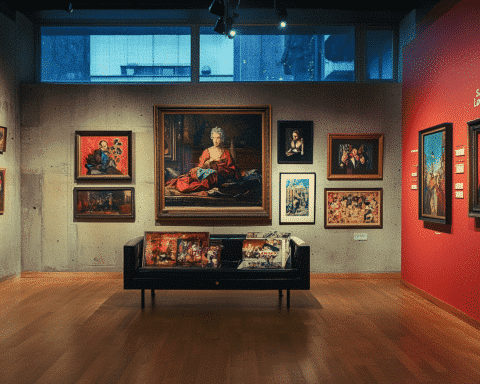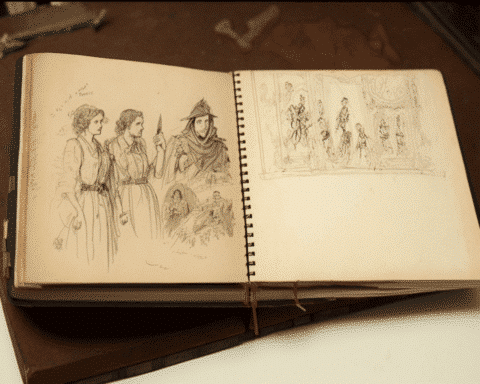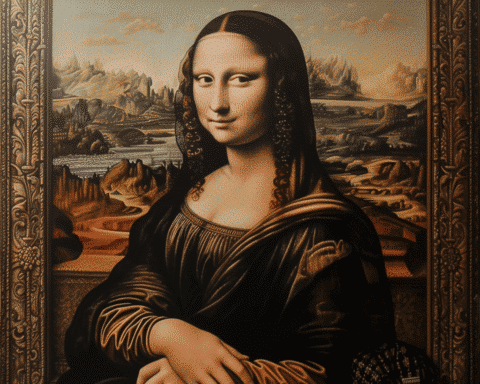The art world is abuzz with the transformation of Derich Born’s 16th-century portrait, a canvas that reveals the passage of time and the hand of the master, Hans Holbein the Younger. Holbein’s meticulous strokes, once again, breathe life into the young German merchant with an X-ray unveiling the evolution of Born’s cheekbones, refined over time to an almost sculptural precision. The painting now houses an inscription that echoes the voice of Holbein, claiming a life-likeness to Born that blurs the line between art and existence: “If you added a voice, this would be Derich his very self. You would doubt whether the painter or his father made him.”
The narrative of the painting extends beyond the canvas, tracing back to a time when it was prized by monarchs, from Charles I to Charles II, who sought to restore the Royal Collection dispersed during the Cromwellian era. As it prepares to take center stage at the Queen’s Gallery in Buckingham Palace, the portrait celebrates Holbein’s legacy and narrates the rich history of the Hanseatic League’s influence in England through the likes of Born and his contemporaries.
The conservation journey, led by Nicola Christie of the Royal Collection, has been one of discovery and meticulous restoration. Christie’s dedication and modern scientific techniques have peeled back the layers of time, revealing the subtleties of Holbein’s craft and the opulent textures of Born’s attire. Despite the challenges posed by a misaligned seam through the subject’s visage, Christie’s work has allowed the portrait’s original beauty to emerge again.
As the curtain rises on this exhibition, we are reminded of the enduring power of art to capture character, tell stories across centuries, and evoke emotions that transcend time. Born may have faded from historical records, but through Holbein’s lens, his visage remains as arresting and enigmatic as ever, a testament to the artist’s skill and the patron’s ambition.
The rediscovery of Derich Born’s portrait is a testament to the transformative power of art conservation, revealing the layers of history and Holbein’s meticulous craft. As the exhibition at the Queen’s Gallery unveils this masterpiece, visitors will witness not just a painting but a storied artifact that has traversed tumultuous times, embodying the essence of the Renaissance and the indelible mark of a merchant whose legacy is now eternally captured in oil and oak.




